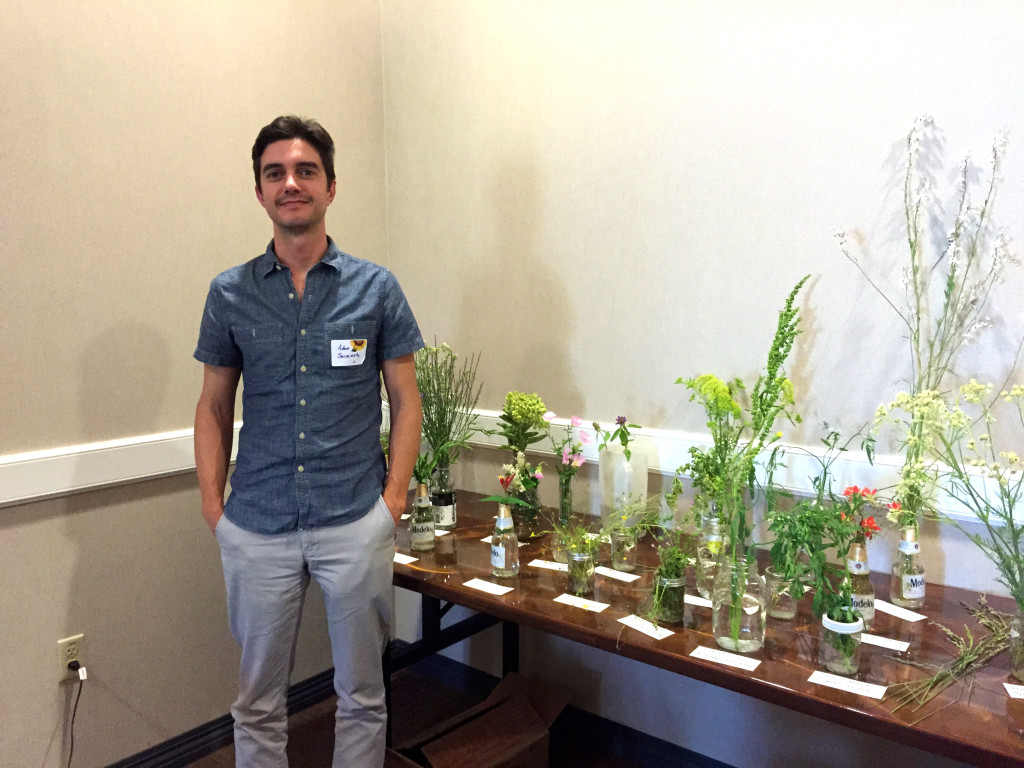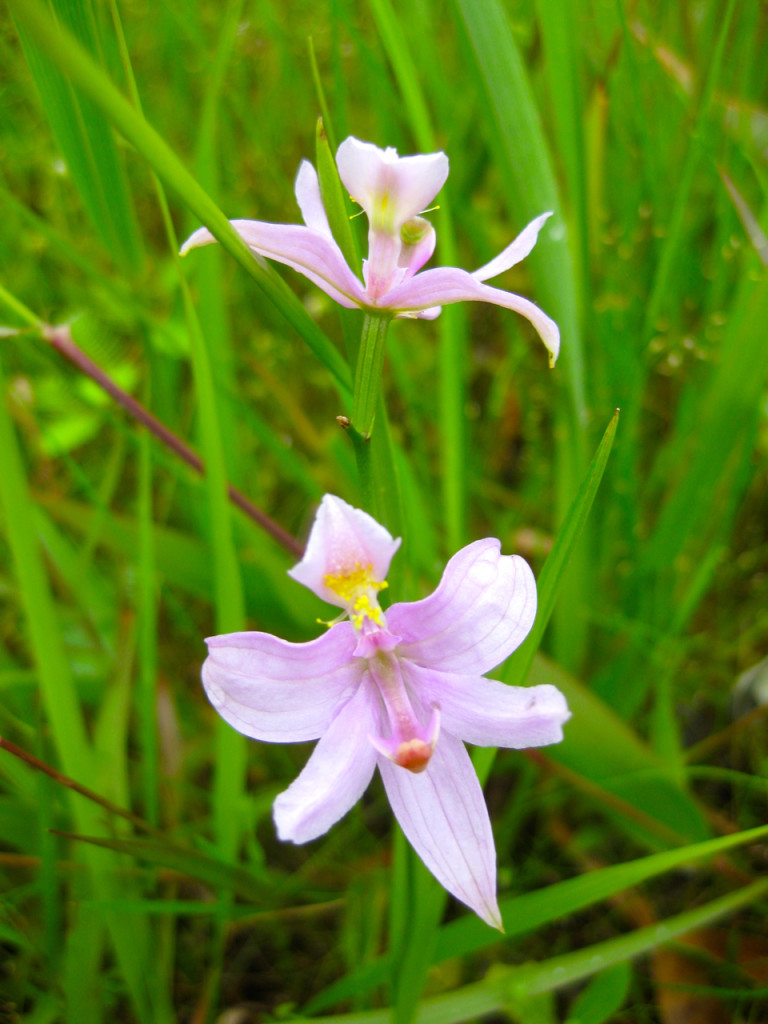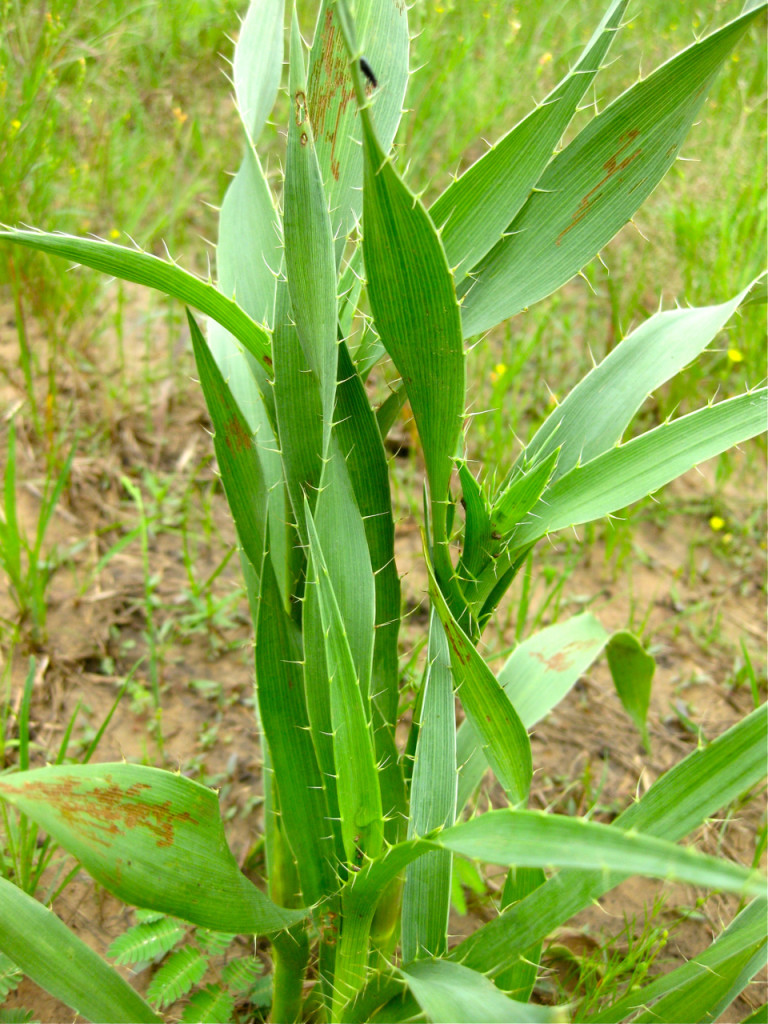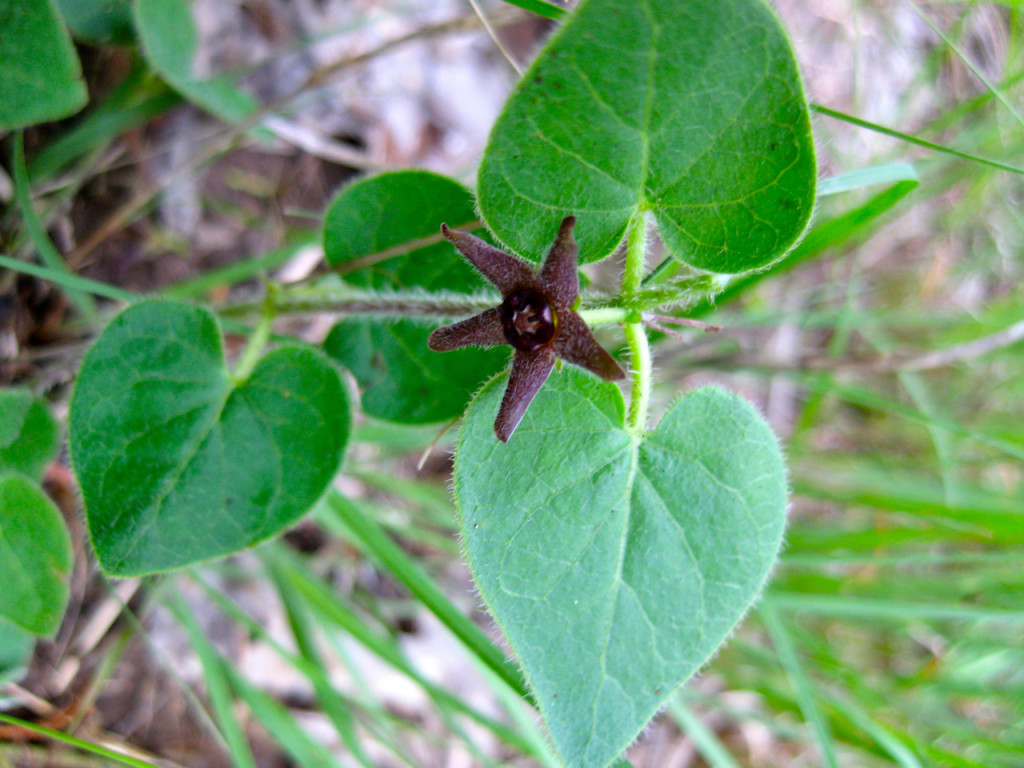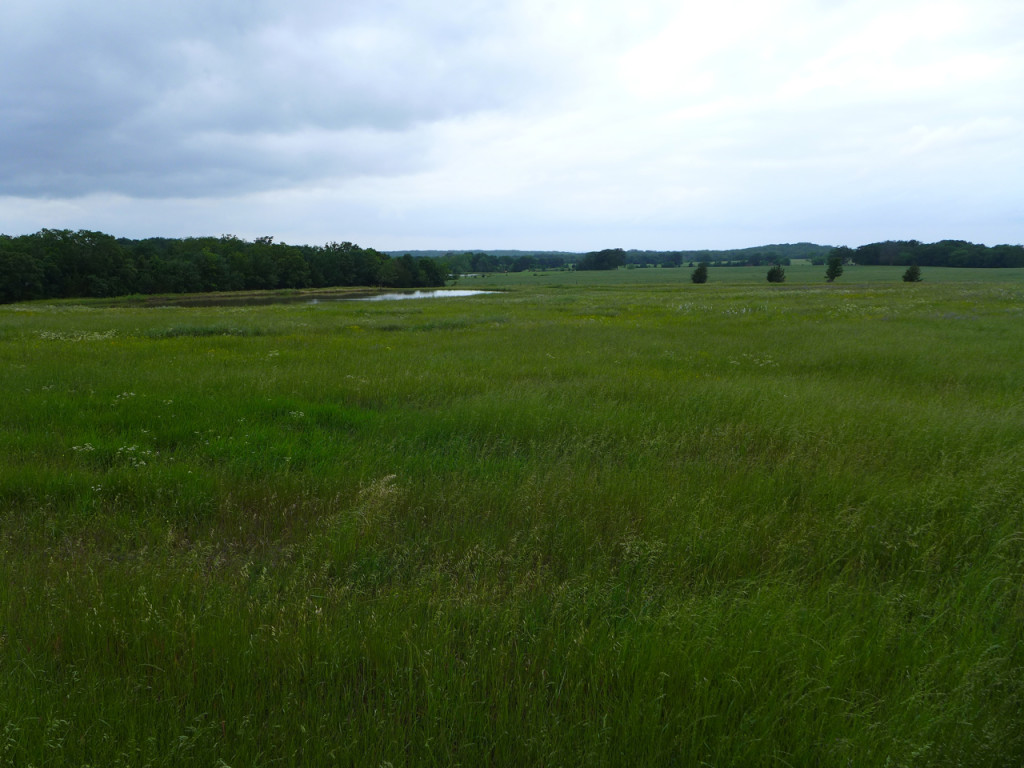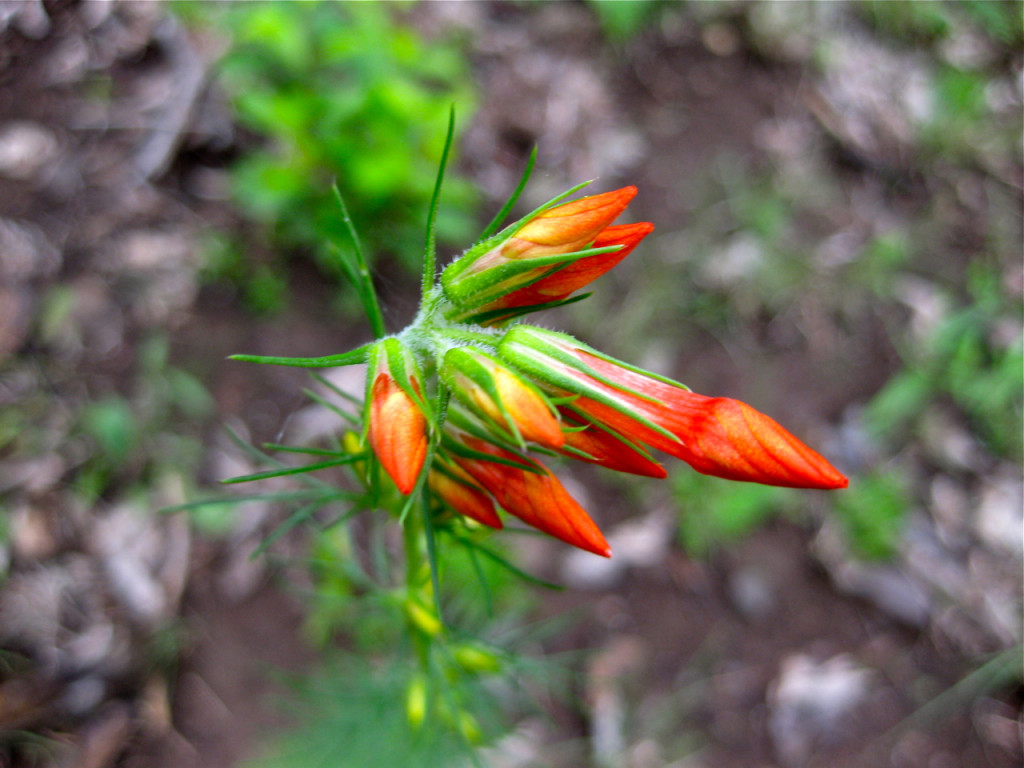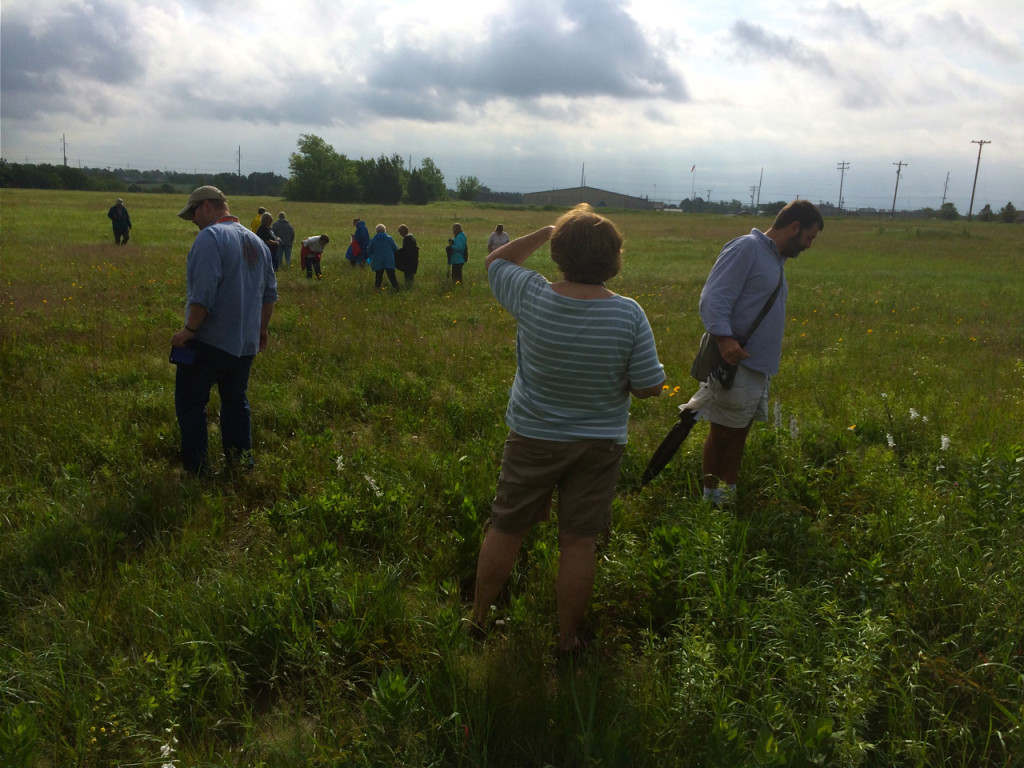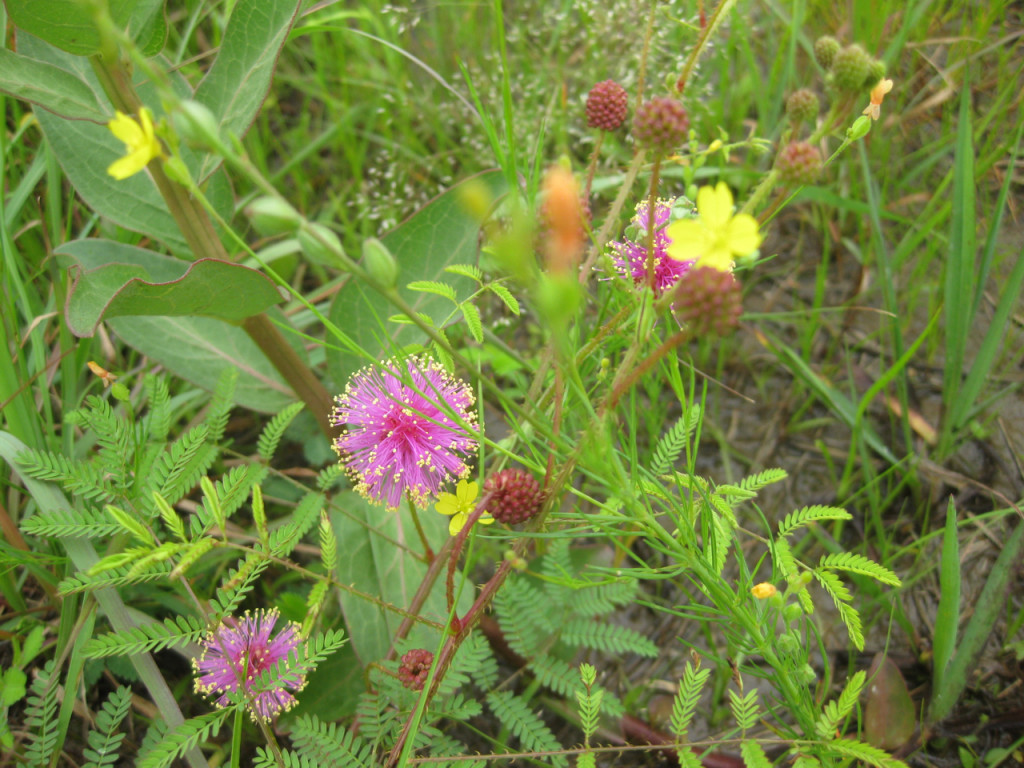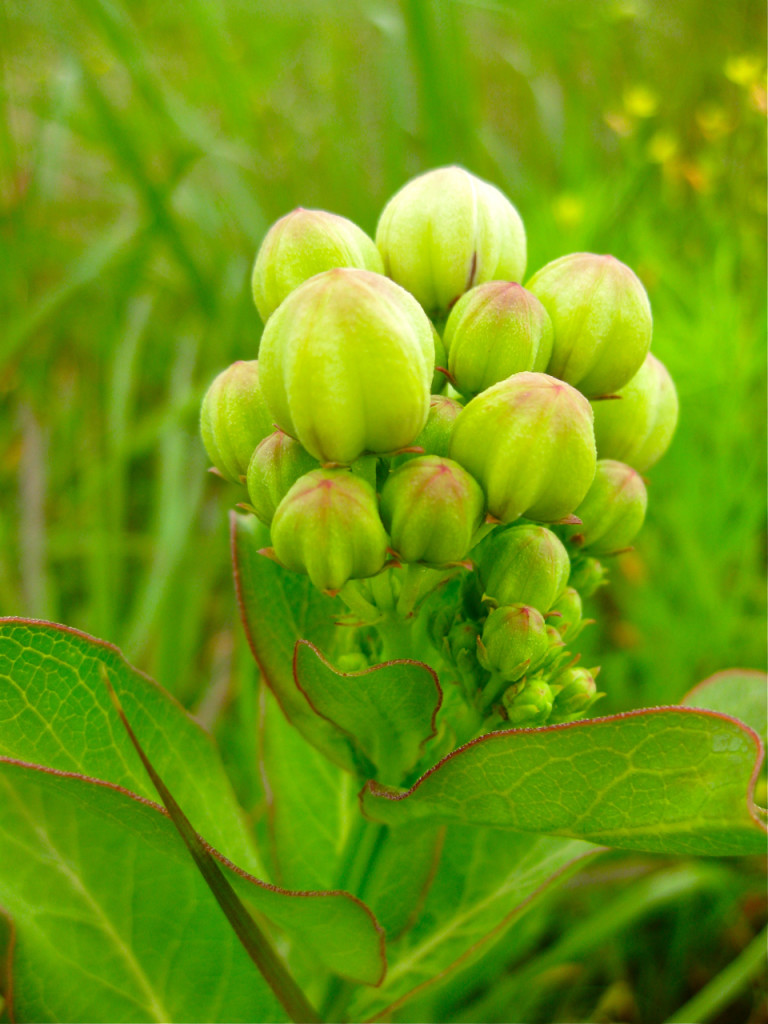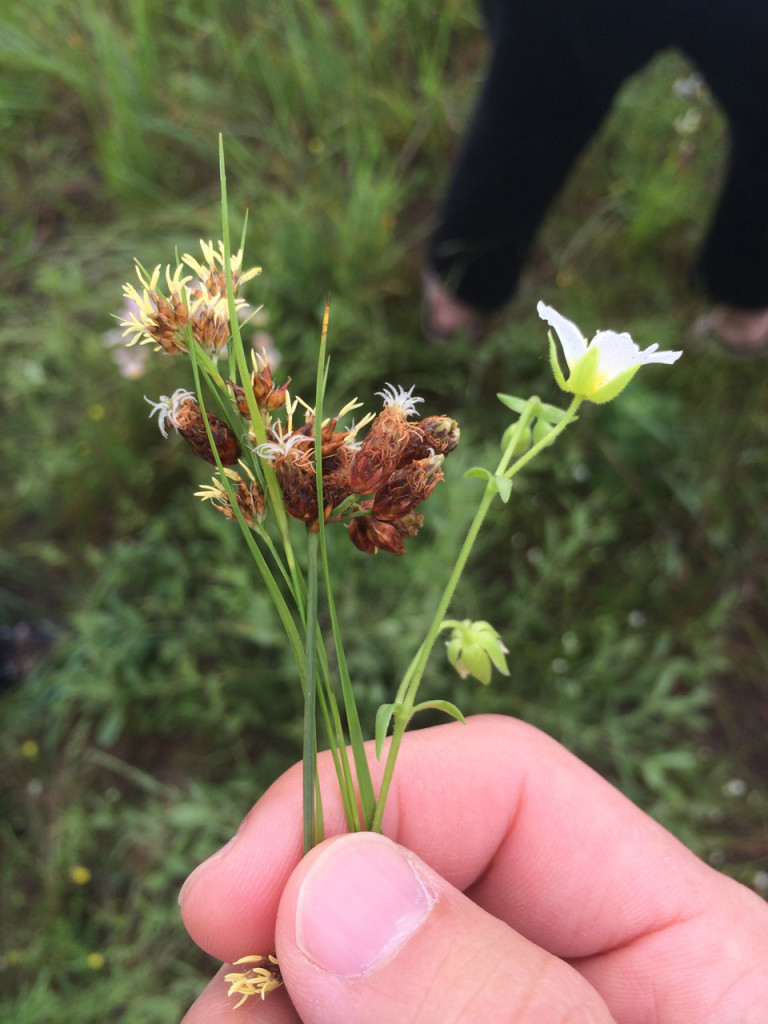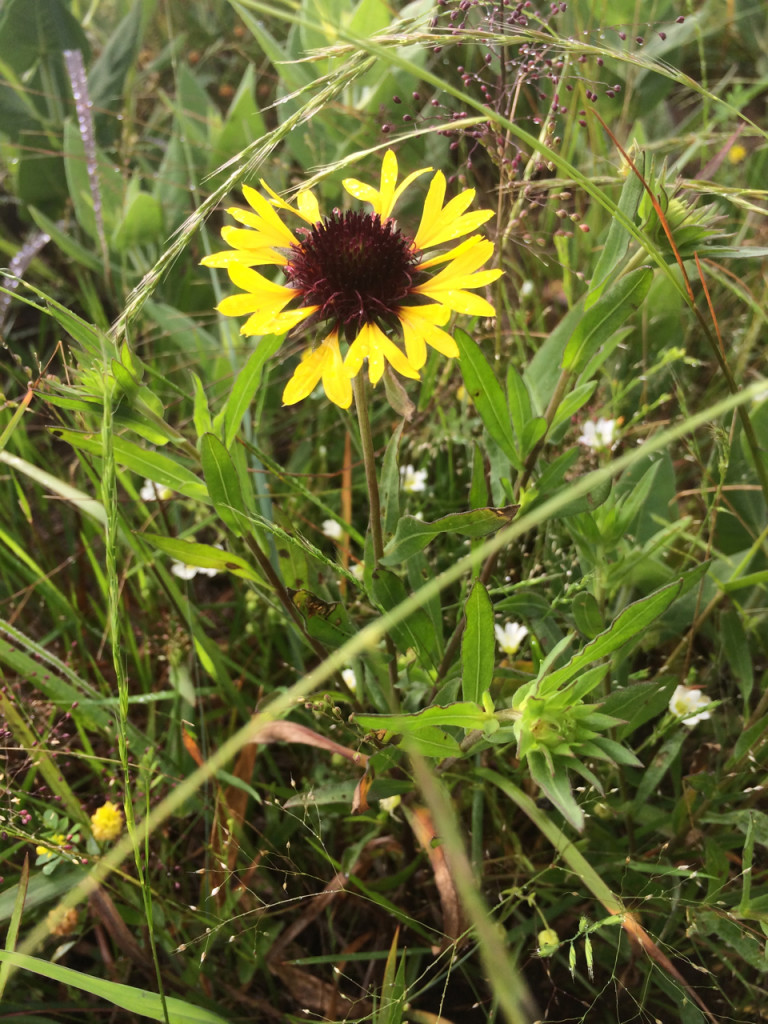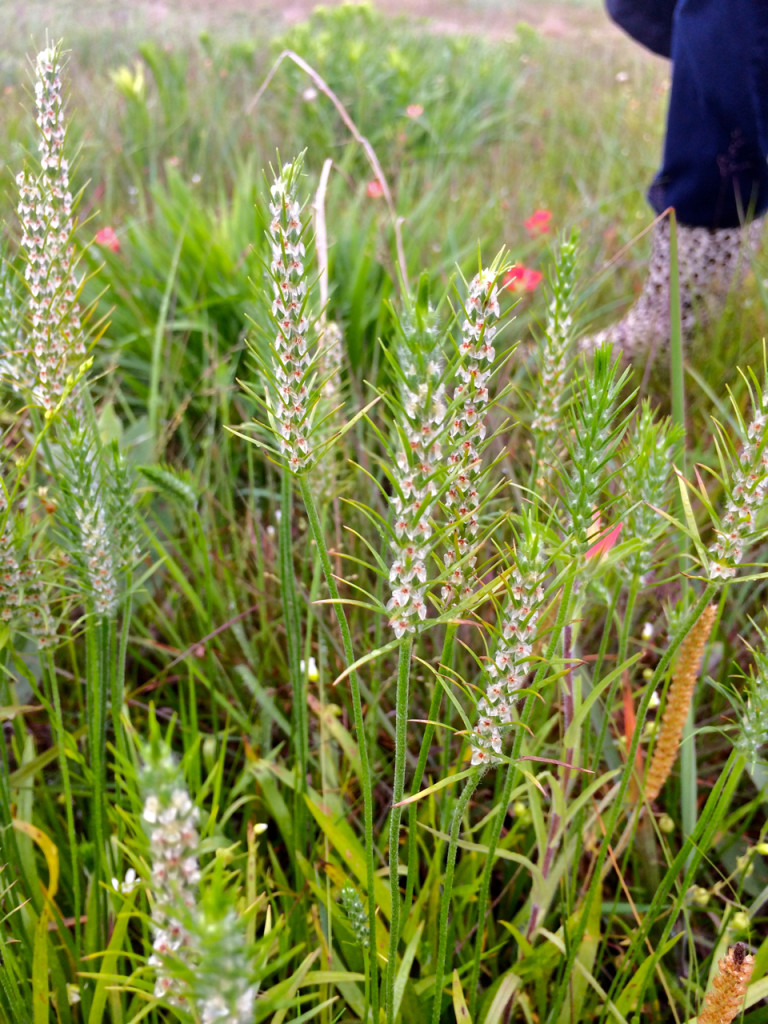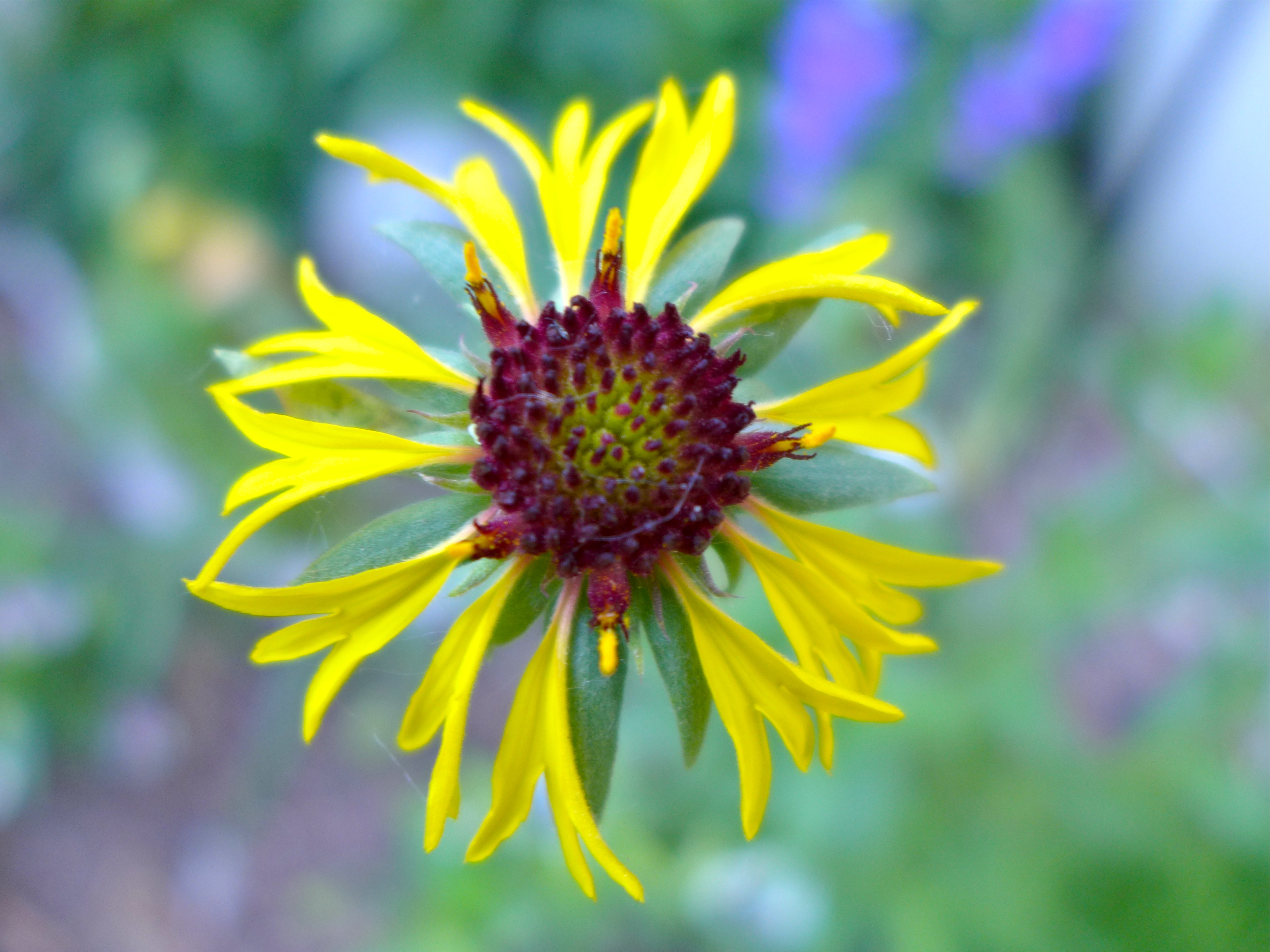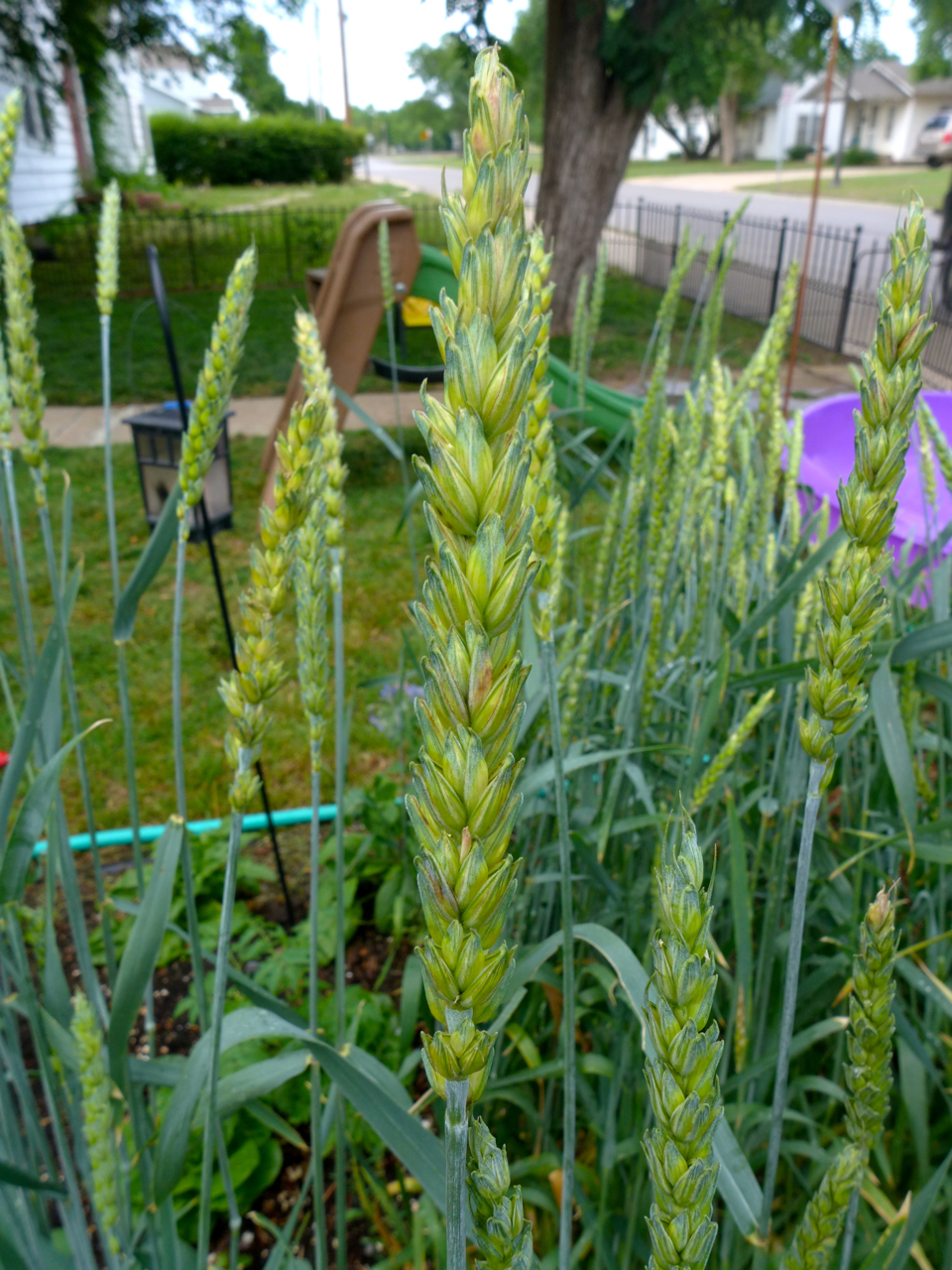Back in mid May I was invited to give a talk on landscaping with native plants at the Oklahoma Native Plant Society’s 37th annual Wildflower Workshop. This year’s was held in the Durant area. The first day was filled with some interesting talks which included the topics of wildflower photography, “good” insects for the garden, the rare Seaside Alder of Oklahoma and the overflowing dam at Lake Texoma, amongst others. My talk centered around a concept I’ve been toying around with for a while which attempts to organize the principles of ecological landscaping into a basic code. I’ll be expounding upon this more in the near future and I’m considering turning it into a book.
The second day of the workshop was spent out exploring the Durant area looking at areas of interest. Our first stop was what to me looked like a vacant field adjacent to a new giant Methodist church. Turns out that it is a somewhat rare remnant prairie once referred to as Carpenter’s Meadow, where the native Oklahoma orchid Calopogon oklahomensis can be found. This orchid is becoming increasingly scarce due to development and loss of habitat. If you didn’t know what you were looking for you might miss it. It’s a fairly diminutive little plant, but once you get up close and take a look, it’s quite a beautiful flower and a graceful plant. The reaction I get when I mention one of Oklahoma’s native orchids to people is usually one of disbelief, or amazement that we have native orchids in the state. In fact we have quite a few orchid species in the state. Unfortunately many of them are threatened and becoming increasingly rare. Carpenter’s Meadow was a very diverse field which led to some interesting “botanizing”. One of it’s features which was new to me is the phenomenon known as “pimple prairies”. These are strange little mounds found in undisturbed prairies in various pockets of the world. Their origin seems to be somewhat of a mystery but it was neat to see how different plants favored the various features of these mounds and the lower ground around them. All in all I had a great time, learned much and enjoyed getting to know the good folks of the Native Plant Society more.

